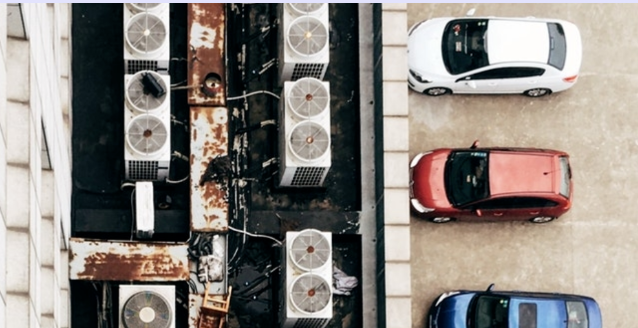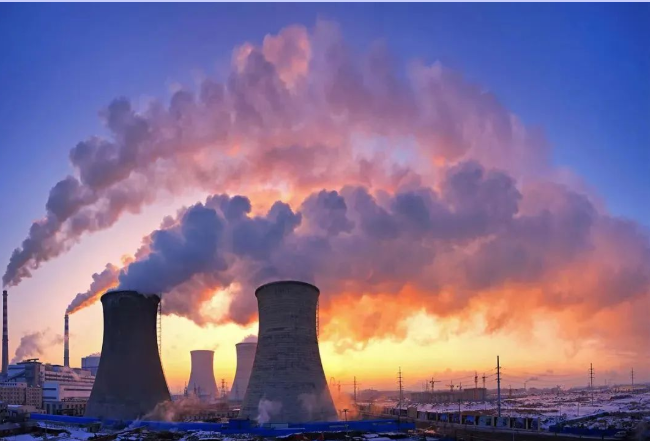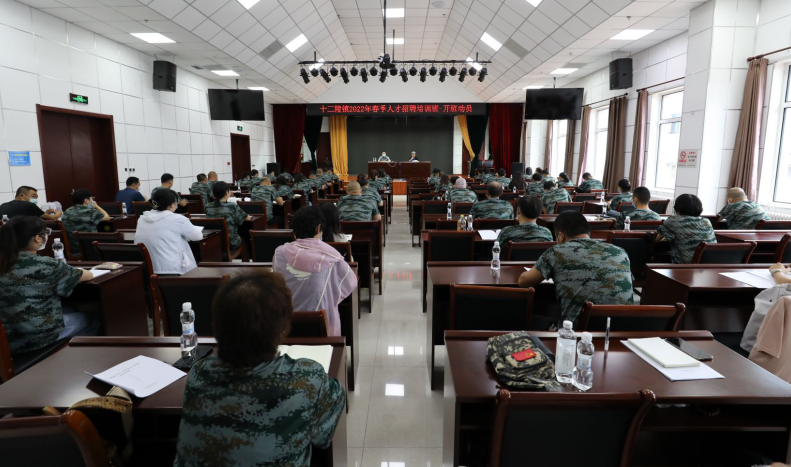Science of Environmental Protection | How much do you know about the basic knowledge of atmospheric pollution?
Author:Qilu woman Time:2022.09.26
In recent years, there have been more and more blue sky, and air quality has become better and better. Not only in Beijing, Lan Tian has become the norm in all parts of the country. Data show that from 2017 to 2021, the PM2.5 concentration nationwide and above PM2.5 decreased by 25%to 30 micrograms/cubic meter; the proportion of excellent days rose 5.0 percentage points to 87.5%; the number of severe pollution days dropped by nearly 40% The proportion dropped to 0.9%. my country's unprecedented efforts to declare war on air pollution and defend the blue sky with unshakable fixed force. So how much do you know about the basic knowledge of atmospheric pollution? Let's understand it together ~
01
What is air pollution?
Air pollution is caused by various human activities
Air pollution is caused by gas and particles discharged from various human activities to the atmosphere, such as low -efficiency combustion, agriculture and farming of fuel. There are also some natural factors that cause air pollution, including soil dust particles and salt in the waves.

Air pollutants can be discharged directly from the source (that is, one pollutant), or it can also be formed by chemical reactions in the atmosphere (that is, secondary pollutants). When the concentration of these substances in the air reaches a critical level, it will endanger humans, animals, plants and ecosystems, reduces visibility, and corrodes materials, architecture and cultural sites.
02
Is air pollution a new question?
Air pollution has existed for thousands of years
Air pollution is closely related to human beings. It has been calculated from cooking and heating for thousands of years. During the industrial revolution, dangerous high -level outdoor air pollution became a problem, and a large number of coal caused by coal caused many serious urban air pollution incidents.
The smoke incident in London in 1952 was an extreme case. At that time, due to the interaction of dirty fuels and industrial pollution for residents of coal -fired, power generation, transportation, and industrial pollution, pollution was shrouded over London, and more than 12,000 people died in these days. Under the strong protest of the public, Britain passed the "Clean Air Law" (1956).
03
Where does air pollution come from?
Most of them are caused by human activities
The source of air pollution is wide, both natural and artificial. Natural sources include volcanic outbreaks, waves, soil dust, natural vegetation fire and lightning. Some most common sources include power generation, transportation, industrial, residential heating and cooking, agriculture, solvent use, oil and natural gas production, waste burning and construction construction. Some sources, such as forests and tropical grassland fires, and wind -blowing mineral dust, occur naturally, but intensify due to human activities.

Different pollutants have different sources. In cities, air pollution comes from inside and outside the city, and some come from far away. The main pollution sources in the city include the burning, cooking and heating wood of vehicles, natural gas, coal and charcoal, and the industrial sources still located in the city. Many large -scale industrial sources, such as cement plants, steel plants, and power plants, are far from cities. However, because pollutants can spread to a far place with the air, it still exacerbates urban air pollution. The pollutants emitted by the oil and gas industries and the maritime sector can also spread to far away.
The source of agriculture, including the cultivation of a cultivated land and forest fire, exacerbated air pollution in cities and rural areas. In a very dry area, near the desert and eroded land, the dust blowing by the wind accounts for a large part of PM2.5. Most ammonia is discharged by agricultural and human waste.
04
Will air pollution spread?
Air pollution can spread
Air pollution has a significant impact on the places near its source, but because it can spread to a far place in the atmosphere, air pollution generated in a place can also affect the far place. For example, pollutants with fine particles (PM2.5) and ozone (O3) may spread hundreds or thousands of kilometers, which will affect the entire area and the mainland.

Although long -distance air pollutants are one of the causes of local air pollution, nearby pollution sources are still a very important decisive factor in local air quality. The concentration level of pollutants such as nitric oxide (NO2) and sulfur dioxide (SO2) is the highest near its source (transportation, energy production and industry). In a city, the concentration of pollutants closest to large pollution sources may be great, and other areas of the same city may be much cleaner.
Atmospheric conditions (such as wind) can affect the spread of pollutants and change greatly. Strong winds make long -distance transmission possible, and the environment without wind can lead to the accumulation of pollutants. In large cities in subtropical and tropical areas, due to the small wind and a lot of sunshine, serious pollution incidents will occur. Local weather conditions such as mountains and land winds around the city will affect the diffusion of pollutants and the formation of secondary pollutants.
05
Will air pollution cause other environmental deterioration?
Sour rain is a typical case
Some air pollutants can lead to "acid rain". In the 1980s and 1990s, acid rain received special attention in Europe and North America. Sulfur dioxide (SO2) and nitrogen oxides (NOX) react with water in the atmosphere, producing sulfuric acid and nitrate. These sulfuric acid and nitric acid returned to the earth in the form of "acid rain".
Sour rain affects the environment by destroying the leaves of plants, thereby reducing the productivity of plants and making the soil lose the nutrients that plants depend on survival. The acidification of soil and river water will kill fish and insects and affect other species they eat. Sour rain will also cause damage to buildings and monuments.
06
What is the connection between air pollution and climate change?
The main air pollutants will affect the climate
Air pollution and climate change have an internal connection. All major air pollutants have an impact on the climate, and most of them have a common source of greenhouse gas (GHG), especially related to burning fossil fuel. They also exacerbate each other's influence in various ways. For example, the greenhouse gas such as methane helps the formation of the ground ozone, and the level of ground ozone will increase with the increase in temperature. The increase in temperature increases the frequency of wildfire, which in turn has further improved the level of air particle pollution.
The pollutants of "short -term climate pollutants" (SLCP) such as black carbon, ozone, methane, and hydrofluorbonicide (HFCS) are powerful climate obsessive factors, and (as far as ozone and black carbon) are dangerous air pollutants. Essence Many measures to reduce short -term climate pollutants will also reduce other air pollutants, such as nitrogen oxides. For example, reducing measures to be black carbon will affect regional climate change and slow down the recent global warming. They also greatly reduce PM2.5 pollutant emissions, which is beneficial to human health. Methane is a powerful greenhouse gas that forms ozone in the atmosphere. Reducing the actions of methane is of great benefit to prevent climate change, protect human health and crop output.
Source: UN Environment Agency
- END -
Listen, the voices of the representatives of the Five -level People's Congress -show the representative of the new era with practical actions
After the autonomous region's Performance of Digo to the People for Development, after the symposium of the hundred celebrities' congress representatives, the representatives of the Five -level Peop...
Lito, employment, and attract talents!55 "newcomers" in Shisanling Town, Changping District received pre -job training

Today (July 4), the 1322 Spring Talent Recruitment Training Course was carried out...